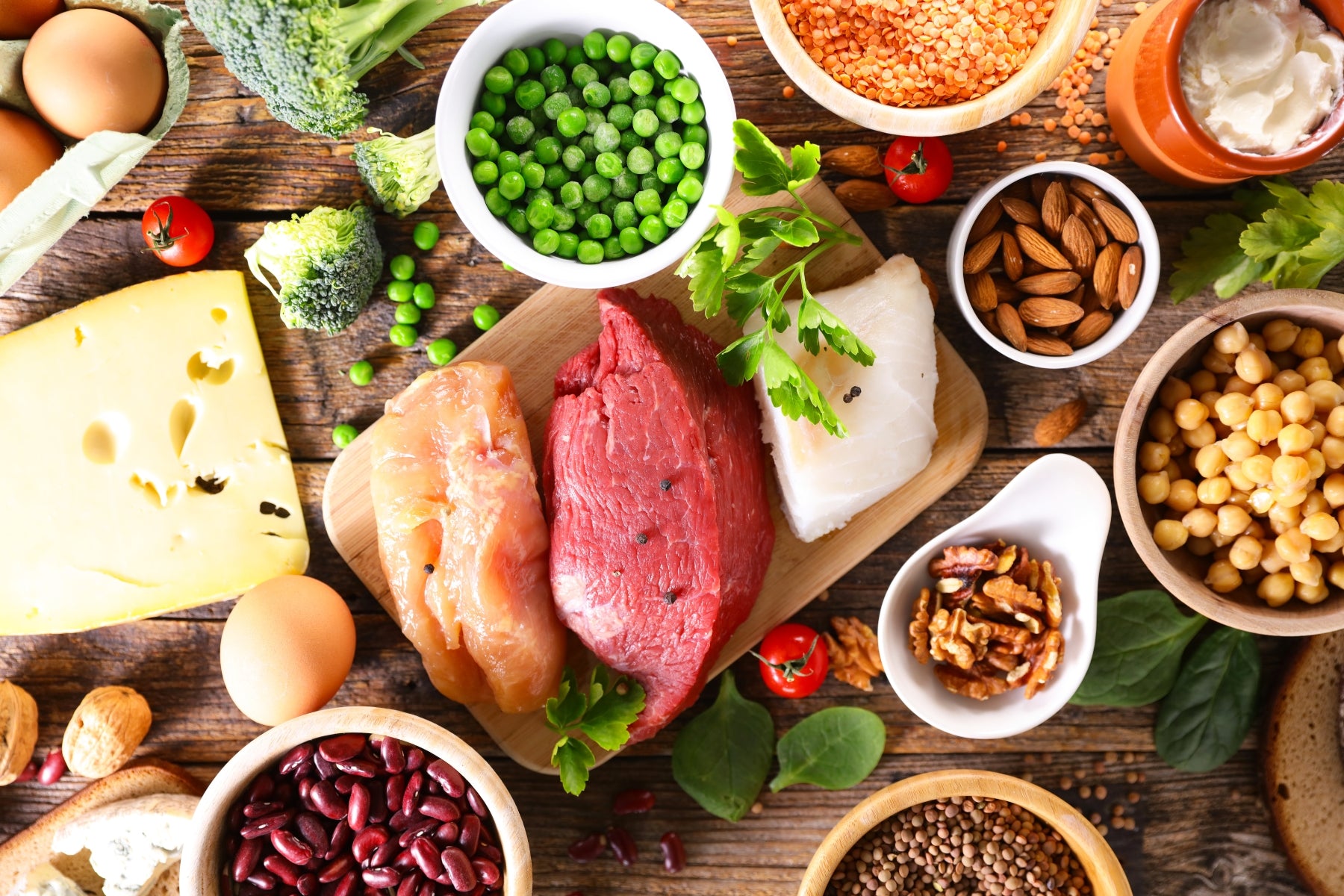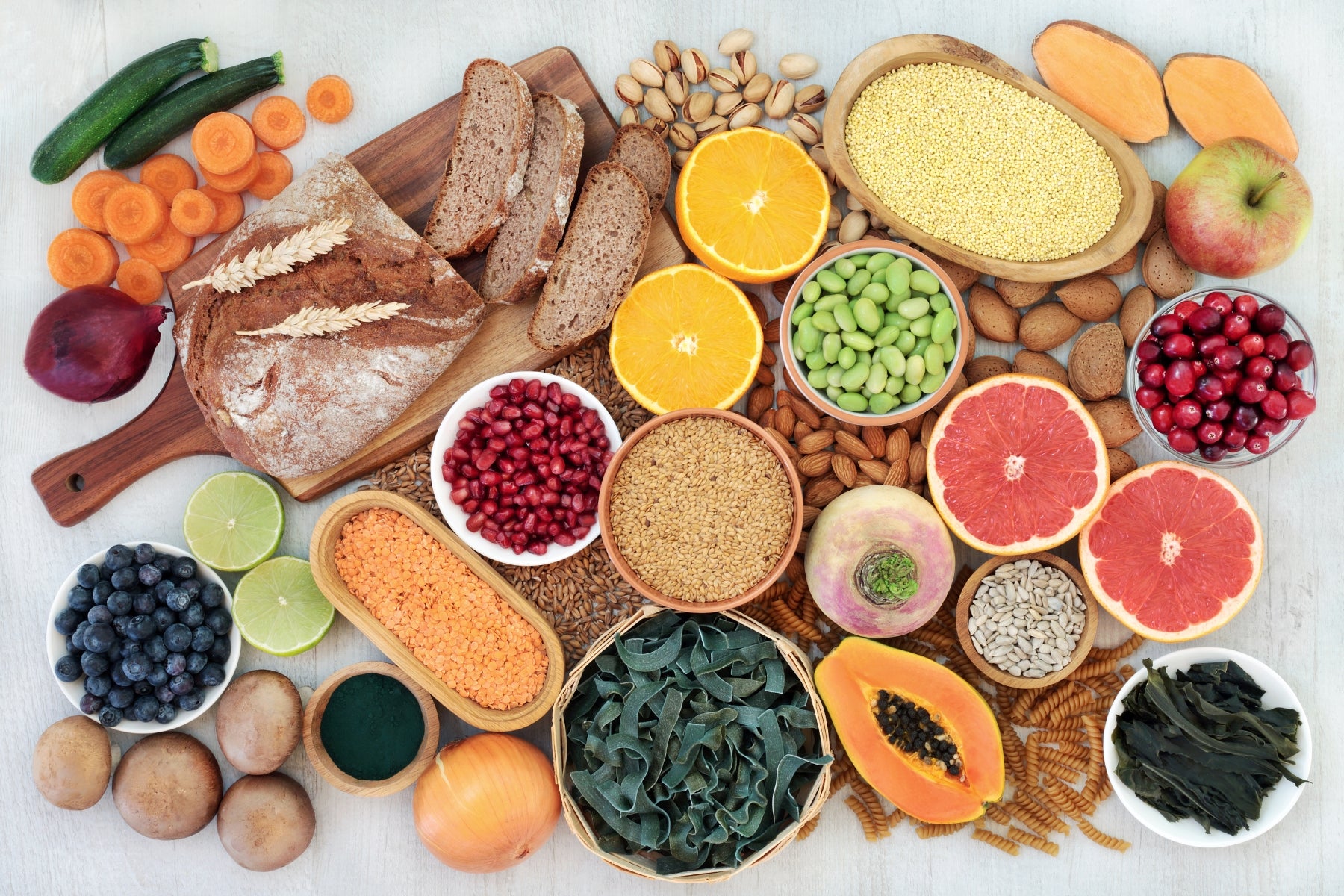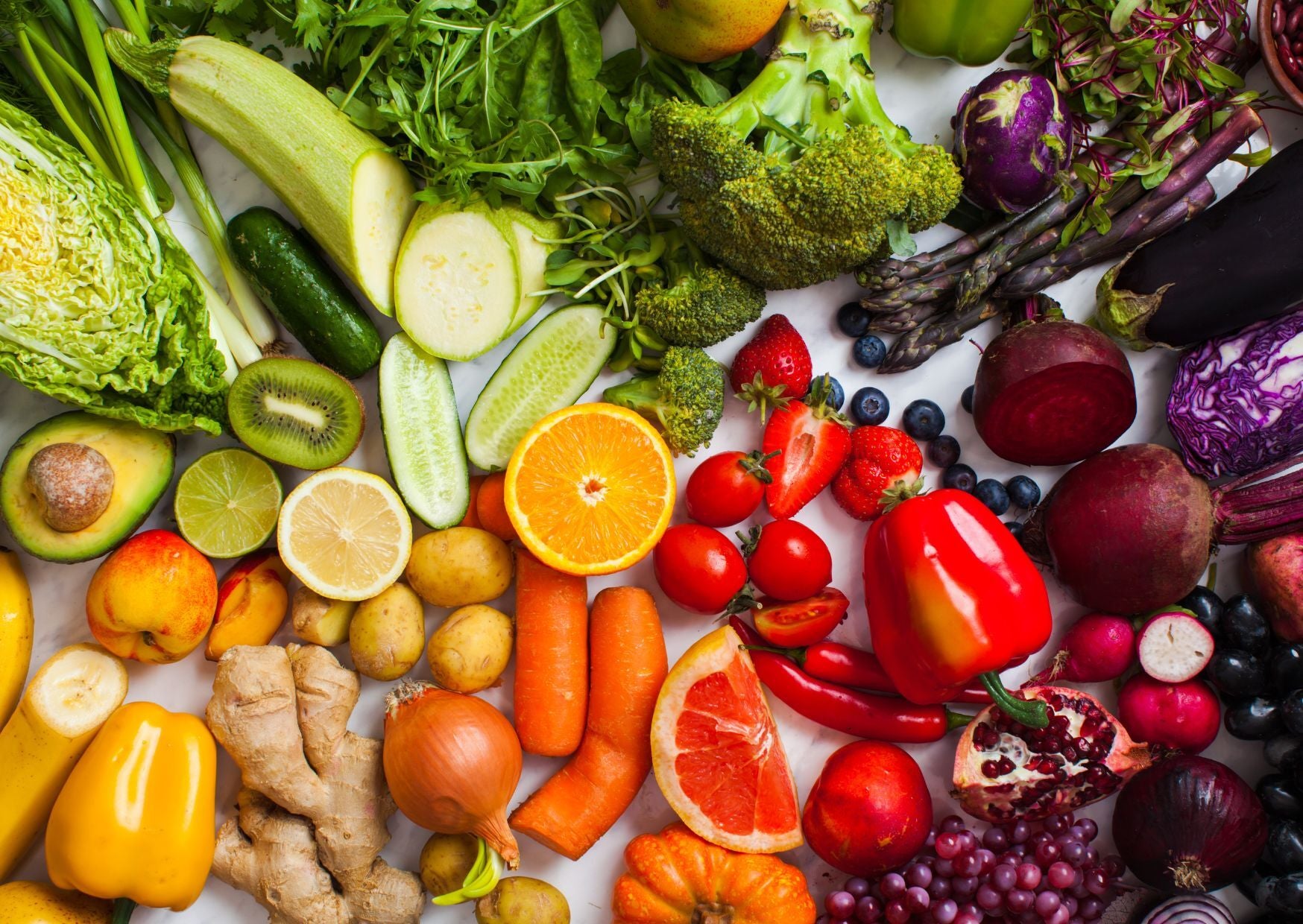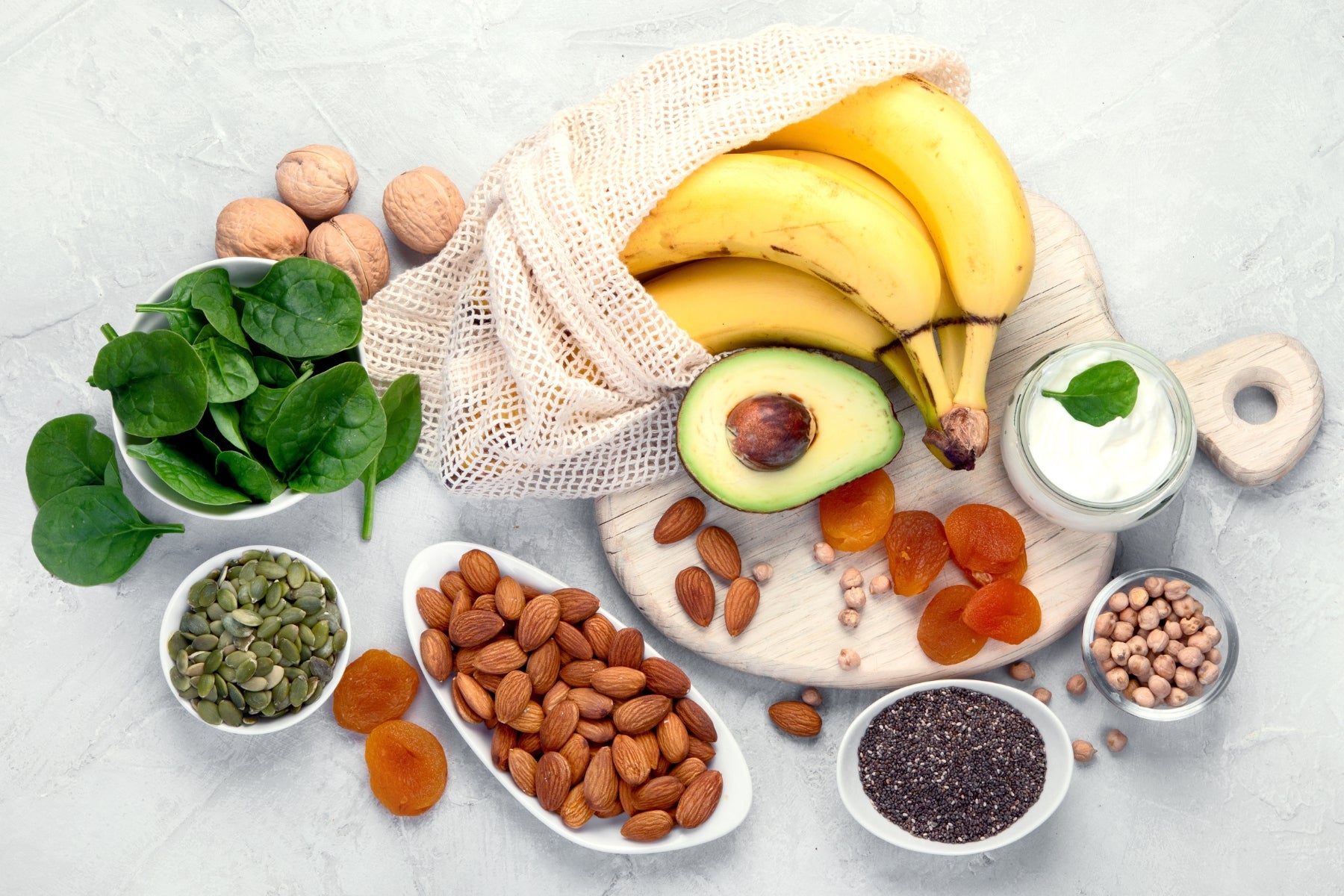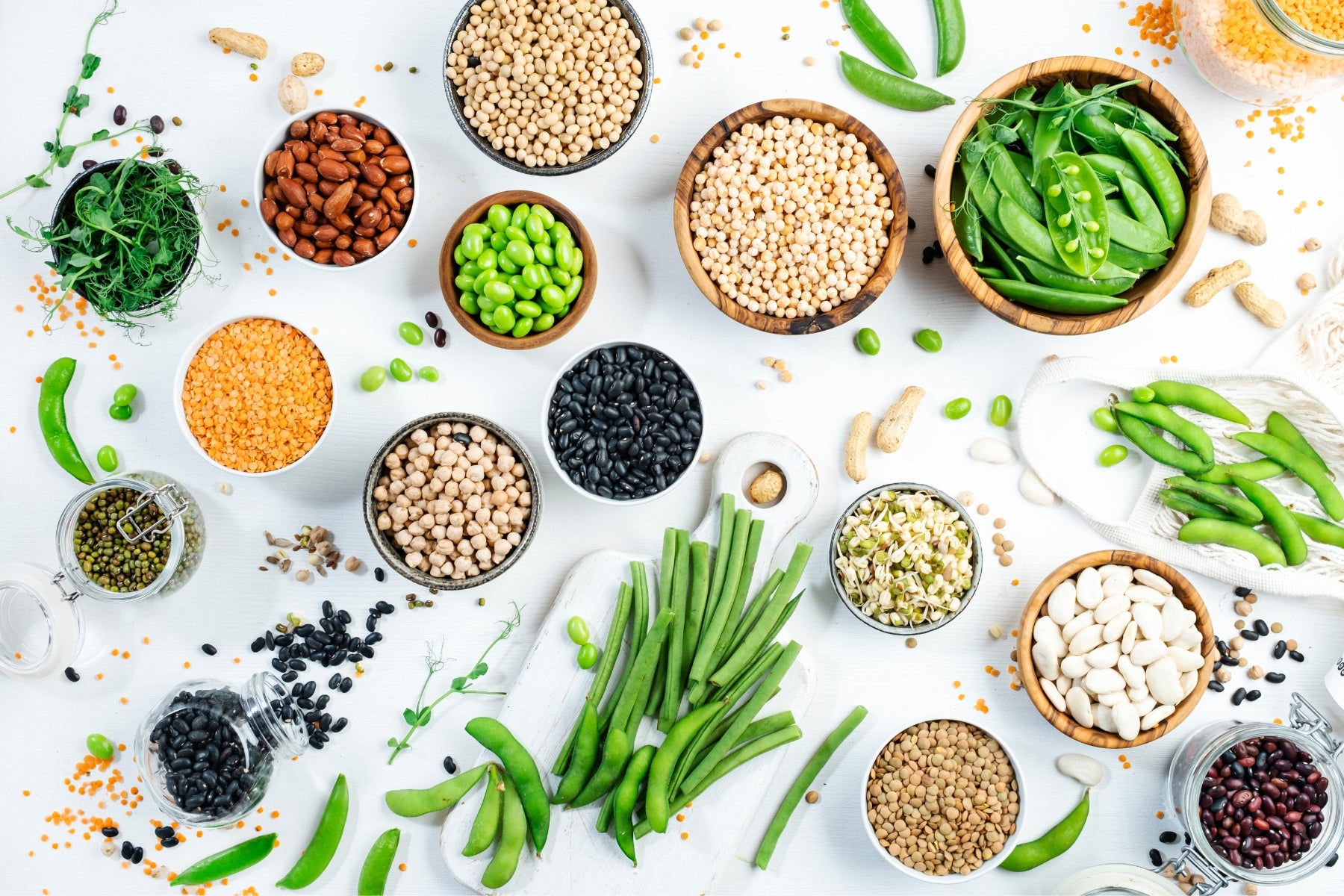Table of contents
1
Healthy and balanced
2
The calorific value: from kilocalories and kilojoules
The basal metabolic rate
The power metabolic rate
The total metabolic rate
3
Macronutrients
Protein
Fats
Carbohydrates
Dietary fiber
4
Micronutrients
Vitamins
minerals
5
Water
6
The general principles of a healthy diet
Table of contents
1
Healthy and balanced
2
The calorific value: from kilocalories and kilojoules
The basal metabolic rate
The power metabolic rate
The total metabolic rate
3
Macronutrients
Protein
Fats
Carbohydrates
Dietary fiber
4
Micronutrients
Vitamins
minerals
5
Water
6
The general principles of a healthy diet

